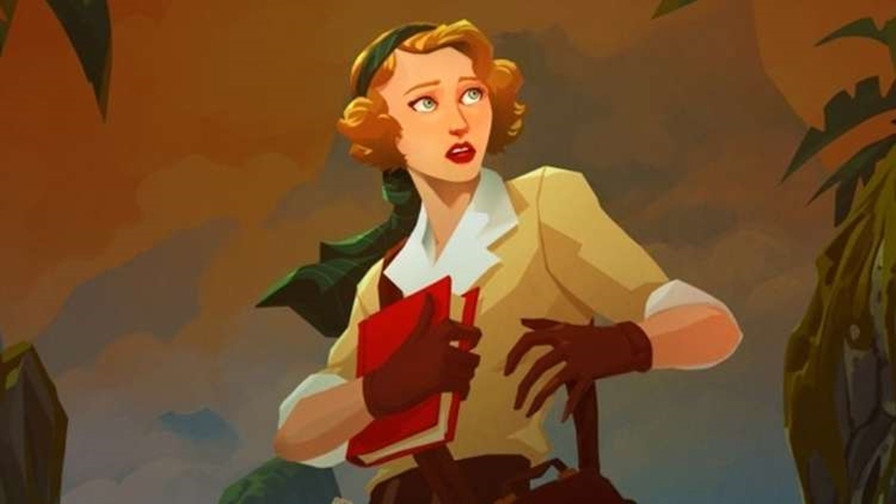

On April 2, Wilcox recovered from his illness and had no recollection of the previous week. On March 23, 1925, Wilcox became fevered and delirious, repeating things about the shapeless monster and city from his dreams. Angell became enthralled with Wilcox’s descriptions and began to consult with him daily. He heard the sounds “Cthulhu fhtagn” and “R’lyeh,” which gave him a feeling of terror (163).

After an earthquake on February 28, 1925, Wilcox began to dream of a “Cyclopean” city with pillars covered in hieroglyphics and green ooze. Thurston learns that Wilcox had sought out his great uncle for help interpreting his dreams. Thurston notes that Angell’s files connected with the tablet contain writings on mythology, theosophy, and secret societies. Thurston discovers that the tablet was created by a young artist named Henry Anthony Wilcox, who saw the image and writing in his dreams. He notes the depiction of an unusual monster that looks like a cross between an octopus, a dragon, and a human (161). When Thurston realizes that the tablet was created recently, he surmises that someone tried to fool his uncle into believing it was an authentic artifact and decides to investigate its creator. Among his files, Thurston finds a box that contains a ceramic tablet bearing strange images and inscriptions. The first act is titled “The Horror in Clay.” Thurston presents himself as an archeologist who has been called to settle the estate of his great-uncle George Angell, who was a professor at Brown University specializing in ancient languages and inscriptions. Thurston opens his account by hinting at what he intends to describe: a “single glimpse of forbidden aeons which chills me when I think of it and maddens me when I dream of it” (160). The narrative presents itself as an essay found among the papers of the late Francis Wayland Thurston.

The story takes place in Boston, Massachusetts, in 1928 and is written in the first-person past tense. “The Call of Cthulhu” is divided into three acts. Lovecraft wrote several stories in which he developed what became known as the Cthulhu Mythos, with “The Call of Cthulhu” being the most famous. Only after his death in 1937 did critics revisit his work and deem it important to the development of 20th-century horror and science fiction. He published his stories in pulp magazines and was considered an amateur rather than a professional writer. Howard Phillips Lovecraft, born in Rhode Island in 1890, was not widely known in his time.


 0 kommentar(er)
0 kommentar(er)
